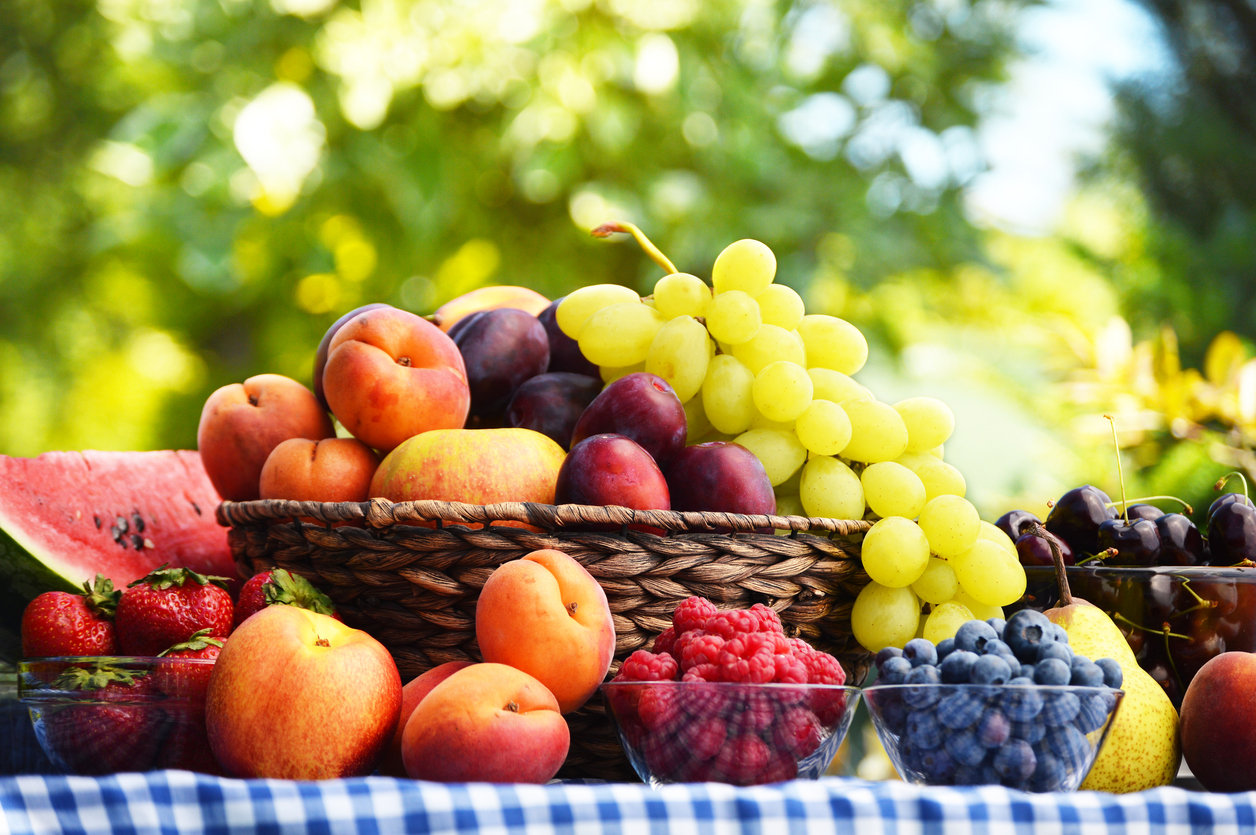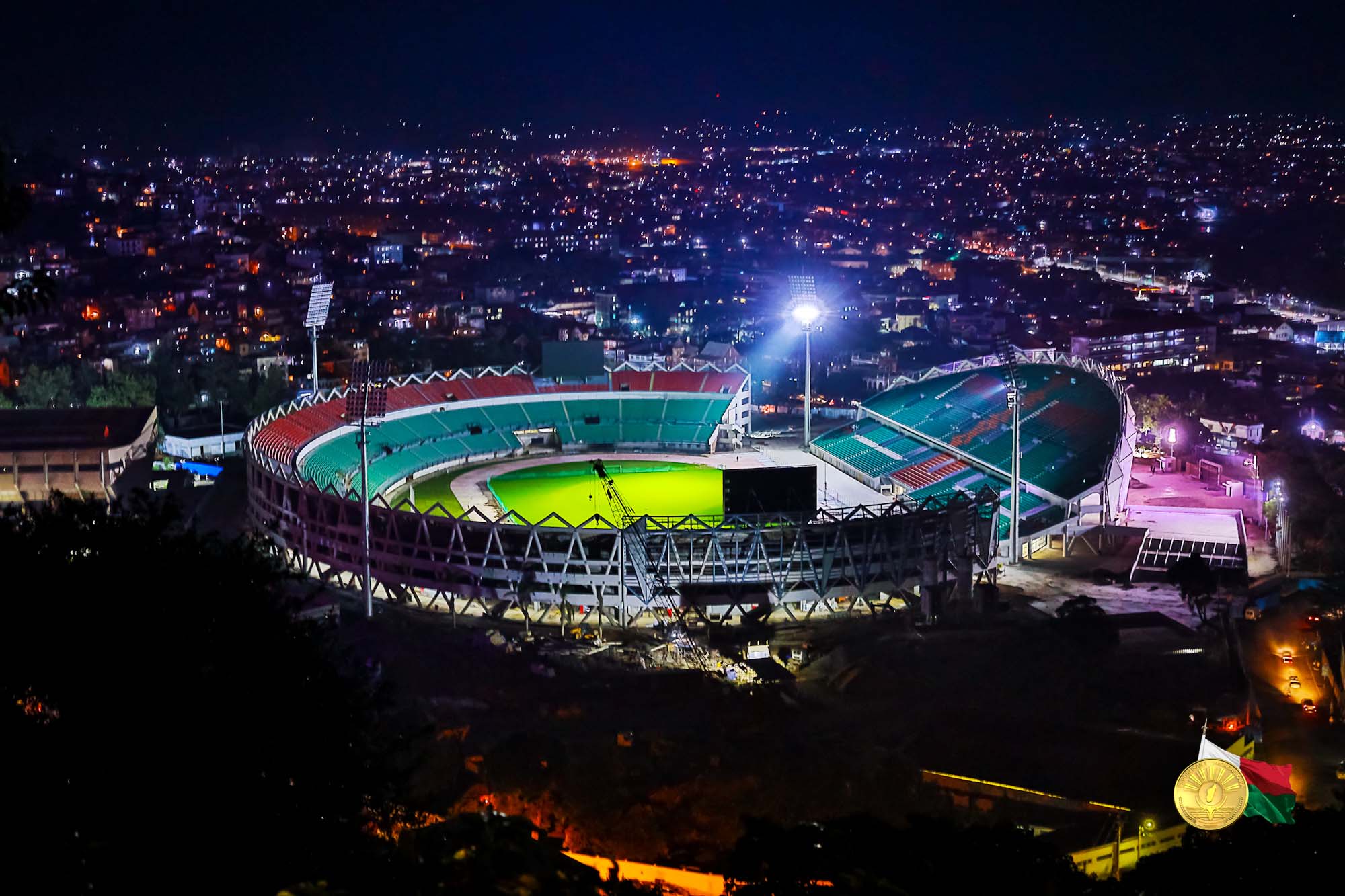The use of fuels such as wood charcoal or even kerosene for cooking is a significant contributor to pollution-related deaths. The solution is a sustained roll-out of liquefied petroleum gas (LPG), says Michael Kelly.
The latest estimates from the Institute for Health Metrics and Evaluation put the number of household pollution-related deaths globally at around 1.6m out of a total of 3m deaths related to poor air quality, so it is a significant contributor.
With 3bn people around the world relying on solid fuels for cooking and heating in their homes, concentrated in parts of Asia, Latin America, and specifically in Sub-Saharan Africa, it is a problem that requires an urgent solution.
Fortunately, there is a solution that is already available in the form of Liquefied Petroleum Gas (LPG) that can go a long way to mitigating this death toll.
When solid fuels such as wood charcoal biomass and kerosene are burned in traditional stoves for cooking and heating homes, the incomplete combustion results in emissions of a whole range of health damaging pollutants, including carbon monoxide and polycyclic aromatic hydrocarbons. These pollutants are known to be associated with a range of cancers and respiratory diseases.
These are particles of an exceedingly small diameter, 2.5 microns or less, and it is that size that makes them of particular concern because they penetrate deeply into the lungs and pass through into the bloodstream leading to systemic effects.
There is now evidence for the role of this pollutant in a range of health outcomes, including pneumonia in children and stroke, ischemic heart disease, chronic obstructive pulmonary disease, and lung cancer in adults.
These impacts are remarkably similar to those seen for exposure to tobacco smoke, which everyone knows has damaging effects on health. Studies have shown that burning fuel in open fires is about the same as burning 400 cigarettes in an hour.
Reliance on solid fuels
In one Sub-Saharan country, Kenya, about 76% of the population rely on solid fuels for cooking, almost exclusive in rural areas where the fuel can be gathered for free.
It has been estimated from the latest data that almost 17,000 premature deaths are associated with air pollution in homes, or 6% of all premature deaths in Kenya.
In response to this global burden of disease related to air quality, the World Health Organisation (WHO) developed a set of indoor air quality guidelines. These guidelines recommended a rapid scale up of use of clean fuels in countries that depend on these solid fuels to achieve safe target levels of pollutants for health.
Looking to LPG for a solution
LPG is one of the best ways to mitigate the danger of cooking with traditional fuels. There are almost no particulate matter emissions at the point of combustion with LPG which is what makes it so clean to use for cooking.
It is also a relatively easy fuel to scale up to large numbers of people. The infrastructure required to create a large-scale LPG industry is relatively affordable for developing countries and the timelines are much shorter than any form of grid energy.
Because cylinders of LPG are so portable, it can be distributed even in difficult areas such as townships and remote rural communities. Countries like India, Indonesia and Brazil which have big populations in large topographically complex regions have all managed to achieve high levels of penetration with 90% plus of the respective populations cooking on LPG.
Studying the African challenge
A project from Global Health Research Group Clean Africa was recently launched to gain an understanding of how best to support communities transitioning to household use of LPG. The focus was specifically on Ghana, Cameron, and Kenya, three countries that had clear aspirational targets for the household use of LPG by 2030.
One project in a peri-urban community in southwest Cameroon looked at groups of 60 homes using LPG as a primary fuel against those that use wood exclusively in traditional fires.
It recorded an overall average of more than 10 times the safe levels from WHO guidelines in the houses burning solid fuel, while in homes using LPG, the levels were below the safe target. It also identified significant reductions in exposure for both women and children.
Importantly, through modelling carried out by the Centre for International Climate Research and Climate (CIRECO) it was demonstrated that these gains in health were not made at the expense of climate through increased CO2 from the increased use of LPG.
Despite that there are still challenges that need to be overcome, particularly the infrastructure bottlenecks that hinder the product getting to market and make it prohibitive in terms of price for all but the urban rich in these markets.
Storage and bottling facilities, jetties, off-taking port infrastructure, adequate roads, all these things add to the complexity and cost of getting LPG to end users. To address these challenges governments must both prioritise and incentivise investment in this kind of primary infrastructure.
Driving local adoption in East Africa
One organisation that has been promoting the use of LPG as a cooking fuel is the Petroleum Institute of East Africa (PIEA). They have been working in partnership with the government and LPG market participants to ensure the regulations are abided and boost the levels of investment in the LPG industry.
According to Wanjiku Manyara, general manager, PIEA, one of the primary health benefits of cooking with LPG is the elimination of non-communicable diseases which are the major cause of illness and death of children under the age of five years.
“It also improves economic productivity and gender equality-time,” she adds. “Time and monetary resources spent by mothers taking sick children to hospital and buying medicine will be saved and this time can be transferred to work and household budgets allocated to food and education.”
Manyara also believes that governments and regulators have not done enough to drive growth in a sustainable LPG market. “Most governments and regulators in SSA have barely scratched the surface on matters LPG,” she explains.
One of these solutions that Manyara would like to see is an improved storage infrastructure. “Storage and refilling plants need to be in close proximity to the consumers and retailers,” she says. “Ideally these should be within a five-minute walking distance for consumers.”
Like the rest of the world Africa has been hit hard by the Covid-19 crisis, but it has allowed some positive impacts for the LPG industry. “Now with a tap on a mobile device you can order LPG to be delivered to your home,” she concludes.
Learning from global experience
The lesson from global experience is that there must be government support at an extremely high level to drive growth in a sustainable LPG market.
In India, getting LPG for cooking to the poor has been a priority of the Modi Government since he was elected in 2015. In Indonesia, the big kerosene to LPG project between 2007 and 2015 was driven by the Vice President. The current project in Nigeria, which is growing very quickly now – or at least was pre-Covid – is being pushed by the LPG Expansion Plan out of the Vice President’s Office.
Hopefully, the growth we see now in Asian countries like Bangladesh, India and Myanmar will one day be replicated in Sub-Saharan Africa – one of the few places where the benefits that LPG provides to people is tangible.









